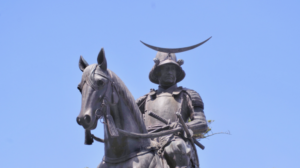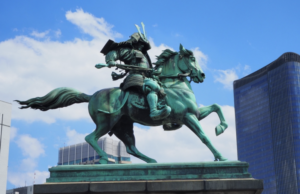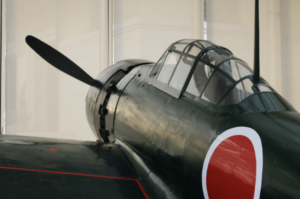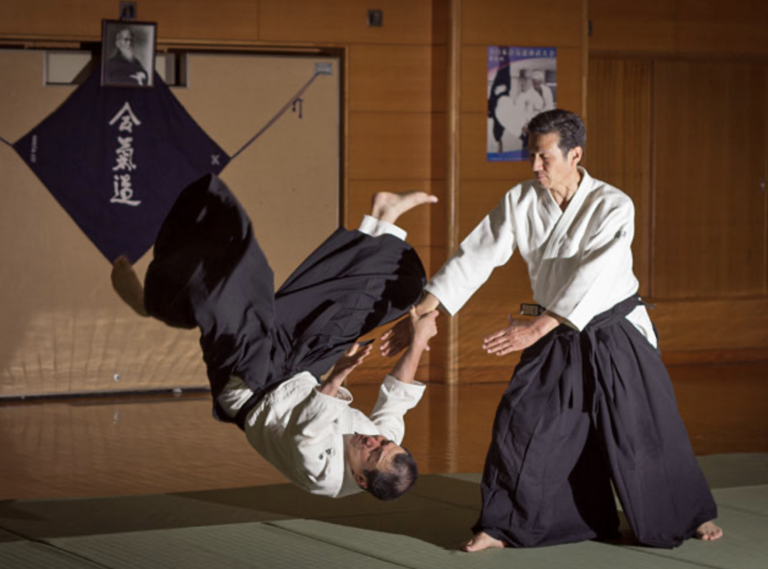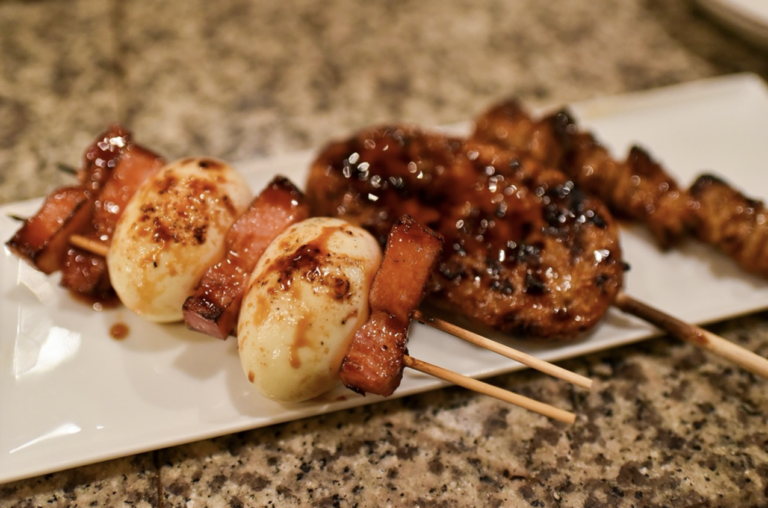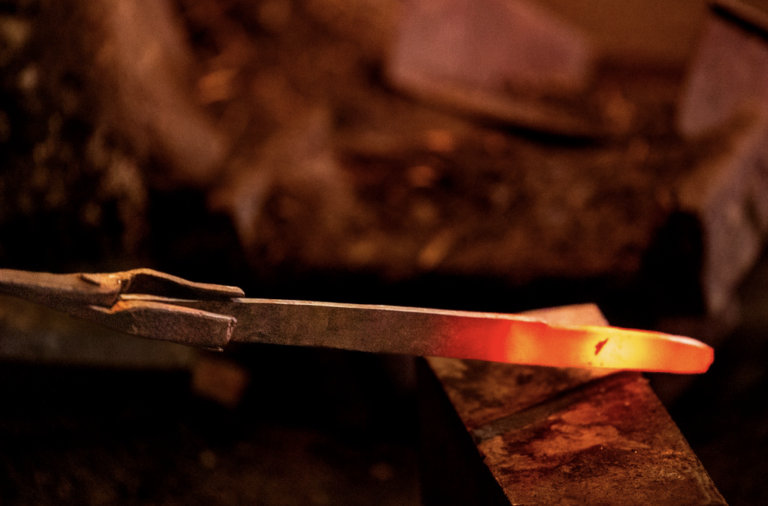Why didn’t samurai use shields?
The biggest difference between knights and samurai in terms of fighting style was whether they carried shields or not. Furthermore, many Japanese World War II fighter planes were designed without considering defenses much.
Why did Japan disregard its defenses? Let’s look back at the history of Japanese fighting.
Originally, they used shields
Before the samurai came along, shields were used in Japan. From around the 3rd century B.C., there were two types of shields: small “hand-held” ones that could be held in one hand, and large “positioned” ones that could be set up in battle positions, first made of wood and later covered with leather. Around the 5th century, iron shields also made an appearance. The positioned shields remained, but the hand-held ones disappeared.
Horses and bows changed battles
When the age of the samurai came, samurai would ride horses and their main weapon was the bow. Since it required both hands, it was not possible to hold a shield.
Furthermore, attacking the enemy from a horse was not done with a Japanese sword, but rather with a “naginata”. The naginata is a weapon that looks like a short Japanese sword attached to the end of a long pole, and unlike a spear, it cuts rather than stabs. This is also a two-handed weapon.
That is why it was no longer physically possible to hold a shield.
Can a Japanese sword also be used as a shield?
In Japan, the idea of defending oneself with a weapon becomes prevalent. This technique is called “uke-nagashi”. A katana has a cutting edge on only one side of the blade. The other side has a slightly thicker part. This is called “shinogi” and is used to defend against an enemy’s attack. Although effective, when the thin katana is used for defense, it may bend unless the attack is blocked well.
No defense for fighter planes either?
The Zero Fighter was one of the most famous fighter planes during World War II. This was another fighter plane that concentrated its capabilities on offensive power rather than defensive, and its design differed greatly from that of other nations. In other countries, the cockpit was surrounded by a sturdy defensive version to protect the pilot, but this added to the weight considerably. The Japanese Zero Fighter eliminated this defensive version, making the fuselage lighter, thereby extending its range and increasing its maneuverability.
At the time of its appearance, the U.S. military also had trouble coping with it. Some people say that it did not protect the crew, but I think Japan had a slightly different idea about defense. By increasing mobility, it would be easier to avoid attacks. Building something that could attack before it was attacked was the way of thinking.
The Japanese approach to defense is expressed in Japanese proverbs:
先手必勝 (Sen-te-hi-sho) – Victory goes to the one who makes the first move.
攻撃は最大の防御 (Kougeki wa saidai no bougyo) – The best defense is to keep attacking and not let the enemy attack.
Unfortunately, Japan is now on the defensive economically. It is a trait of the Japanese people to not be good at defending themselves, but I hope that they will turn to the offensive and bring about an economic recovery.
ABE KENGO


